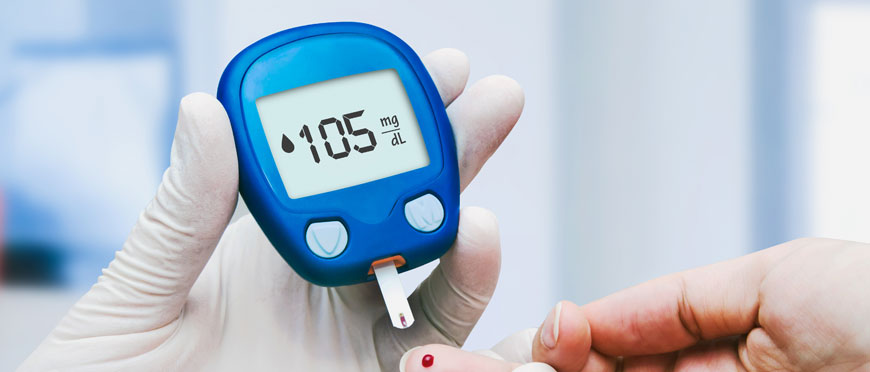Continued treatment with insulin in type 2 diabetes continues to create issues with the body, which can eventually lead to more serious diseases. It’s important to distinguish between symptoms and problems, lest we throw more fuel on the fire. Insulin is a both a signaling and a growth hormone, which causes cells such as muscle and liver to intake blood sugar, and converts circulating glucose to fat storage. Withdrawing insulin causes these fat storage depots to reduce in size and convert to ketones. Ketones are a fuel source produced from fat dissolution (lipolysis and ketogenesis).
In type 1 Diabetes, patients cannot make insulin; they must have some source of external insulin or their diet must be strictly controlled and monitored with a continuous glucose monitor. If they do not have strict control or they don’t get an external source of insulin, ketone formation gets out of control and blood sugar simultaneously rises. It causes an acute acidosis as the cells are starving and can’t translocate glucose from the blood stream to the mitochondria. The acidosis is a signal of organism impending death. This results in a life threatening diabetic ketoacidosis. Because Insulin is a fat storage hormone, Type 1 diabetics who are not yet treated with insulin are typically very thin, and when they are treated with insulin, many become overweight and develop metainflammation.
In type 2 Diabetes, patients make too much insulin and are insulin resistant. The more insulin the liver and muscle cells are exposed to, the greater the fat storage. Eventually, as insulin resistance progresses, some areas, such as hypermetabolic regions of the brain, are more resistant to insulin and the interior of those cells is deficient of a fuel source (possibly the explanation of Alzheimer’s, often referred to as Type 3 Diabetes, or diabetes of the brain). All the while, high insulin levels are causing a progressive fat deposition and high levels of circulating glucose. Adding more insulin to this metabolic fire only worsens the fire.
The symptom of Type 2 Diabetes is a high glucose, but the actual problem of Type 2 Diabetes is high insulin. Adding more insulin to a state that has high insulin is the current standard of care, and the lip service of lifestyle modification is disingenuous when dietary guidelines also promote a feeding pattern of 5-6 episodes per day, which prevents insulin receptor resensitization. Most of the industry-sponsored education is also funded by the companies who make recurring revenue from this chronic metabolic dysfunction.
In fact, there are now studies documenting that increasing insulin utilization results in increased side effects and increased body weight, consistent with the fact that insulin causes fat storage accumulation.
Approximately 10,000 years ago, human society converted from a traveling hunter-gatherer culture to a stationary farming culture, resulting in carbohydrate-rich foods (wheat, rice, corn, potatoes) becoming staples, which facilitated the expansion of regional human populations. Reliance on dietary carbohydrates as a primary fuel source was associated with a simultaneous reduction in height, bone mass, muscle mass, and longevity.
Just in the last 100 years, we observed a dramatic increase in type 2 Diabetes with the introduction of industrial seed oils, which significantly accelerated in the last 30 years, coinciding with a governmental policy shift recommending reduced saturated dietary fats. This cultural brainwash promoting a “low-fat” diet, replaced traditional fats with carbohydrates. Additionally, industry sponsored and manipulated research data promoted Omega-6 seed oil consumption as “heart healthy.”
Oxidative stress and inflammation occurs because insulin drives glucose into the liver and fat cells to the point that the mitochondria are unable to use the incoming nutrient. The cell is unable to accommodate the excessive load of glucose, and the surplus proinflammatory omega 6 fatty acids create an inflammatory cascade. Simultaneously, a nonenzymatic glycation process causes cell wall rigidity and loss of functioning surface receptors. The cell becomes resistant to the action of insulin, and external insulin supplementation only makes further insulin resistance and increases fat storage in the liver.
The triggering of Type 2 Diabetes is from excessive carbohydrates, but the maintenance of the defect is due to the proinflammatory state associated with omega 6 fatty acids from industrial seed oils. The spiraling out of control insulin resistance acts as a positive feedback loop instead of acting as a negative feedback loop, only worsening the oxidative stress. Insulin is like adding gas to a gas fire.






